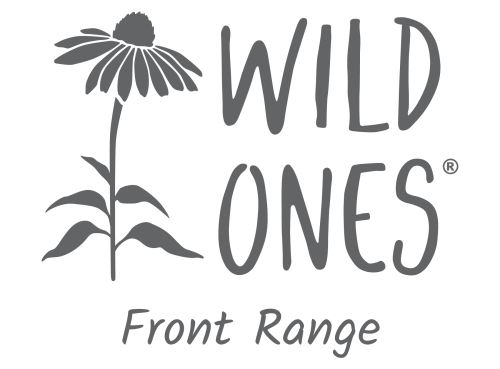By Kristine Johnson
What is compost?

Compost is the “managed, aerobic (oxygen-requiring) biological decomposition of organic materials by microorganisms.” While we know that everything living eventually breaks down and returns nutrients to the earth, the process of composting can speed up decomposition, benefit certain decomposers, conserve nutrients, and yield a uniform product useful in gardening.
Why is compost useful?
Organic materials like kitchen scraps, weeds, leaves and yard trimmings can be composted. Without composting, these resources end up in landfills, where the decomposition process vastly differs. Landfills contain so much organic material piled so deeply that all oxygen gets consumed by microorganisms very quickly, and anaerobic decomposition takes over (decomposition in the absence of oxygen). This produces methane, a very powerful greenhouse gas and a contributor to climate change. Nitrogen, a critical plant nutrient, may also be lost from landfills as nitrous oxide, an even more powerful greenhouse gas, or it may be lost through the leaching of nitrate, causing groundwater pollution. Composting, as opposed to landfilling, creates a valuable resource, conserves plant nutrients and circumvents greenhouse gases.

How can I turn my organic materials into compost?
Many of us have access to curbside composting services or convenient drop-off sites. (Check Litterless for curbside pickups and drop-offs.) There are also ways to connect with hobbyist composters and small farmers who need organic material for their compost. Check out the app MakeSoil, ask your Community Supported Agriculture farmer, post an inquiry on NextDoor, Craigslist and Freecycle.
You can also make your own compost. There is a great deal of information about how to compost online, at the library and through hands-on classes. Try to stick with trusted, research-based resources, like CSU Extension, Denver Urban Gardens, and the wide selection of books at your library. One really easy way to start is by making leaf mold.
For bulkier organic materials, make a brush pile. Gather branches, thick stems and small logs into a pile. While this pile breaks down very slowly, it will offer shelter for birds, toads, rabbits, insects and more. It’s best to choose an “invisible” site where neighbors with sensitive aesthetics can’t see your pile and complain. Alternatively, do a web search for the many arty, pleasing organic sculptures some have created with what others consider trash (search “brush pile” “habitat pile” “wildlife brush shelter” etc).

How do I use compost in a native plant garden?
Two truths exist: compost is fairly low in plant nutrients and Colorado native plants have low nutrient needs. Another truth can apply: the soil in many yards in Colorado, especially those with recent heavy disturbance such as that from construction or big landscaping projects, is even lower in both plant nutrients and soil organic matter. A little top dressing of compost to newly planted or existing wildflower beds helps feed soil microbes, replenish soil organic matter, and improve infiltration of water. How much is appropriate? I bareroot plant new plantings and top “mulch” around the plants with an inch or two of homemade compost. When I am “feeding” established areas in the spring or fall, I am aiming for less than half an inch of compost. That’s not a lot! The key is to do this consistently over years.

How do I find good compost to purchase?
Colorado does not have great legal requirements for compost. Use this resource from Colorado State University Extension for a primer. Seek out plant-based compost (no manure, especially from feedlots; no biosolids), to ensure compost low in or free of pathogens, salts, PFAs and heavy metals. If you buy compost, read the label and be picky. Read any provided analytics (good ones are seed germination and seedling vigor but scan the whole document). Avoid pH lower than 6 or above 8. Odors, especially of a manure-y nature, or of ammonia betray unbalanced and unfinished compost that can harm your plants. When in doubt, skip it.
How does compost support biodiversity?
Compost “feeds” the soil, providing food for soil flora (microbes like bacteria and fungi) and fauna (little creatures like worms, mites, nematodes, insects and insect relatives). Increasing soil organic matter can both help soil retain more water and drain more appropriately by improving its texture. Compost feeds plants nutrients in low, steady amounts that don’t contribute to air or water pollution. Healthier soils support more balanced insect communities and in turn support more songbirds. Healthier soils grow healthier plants.
